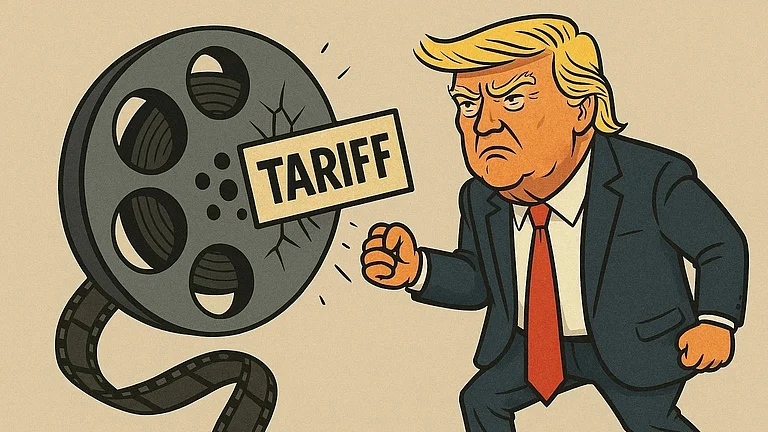Nvidia posted record Q2 revenue of $46.7bn, with data-center sales up 56% to $41.1bn; net income rose 59% to $26.4bn
Guidance of $54bn for the next quarter disappointed investors
Blackwell GPU sales gained momentum
China export curbs cut data-center revenue by about $4bn
Nvidia's Strong Quarter Overshadowed by Weak Guidance, China Headwinds
Nvidia’s Q2 revenue surged 122% to $46.7B, driven by AI data-center demand, but a cautious forecast and $4B China export hit sent shares lower in after-hours trading
Nvidia on Wednesday reported record revenue for the second quarter as surging demand for AI compute kept data-center sales near historic highs. However, a tempered outlook and unresolved China export issues sent the stock sliding in after-hours trading and raised questions about whether the AI chip boom can keep accelerating.
Nvidia said quarterly sales reached $46.7 billion, with revenue from its critical data-center segment up 56% to $41.1 billion.
Net income for the period was $26.4 billion, a year-on-year rise of 59%. Despite the strong topline, management guided to about $54 billion in revenue for the current quarter, a number that, while above some estimates, disappointed investors used to blockbuster forecasts and helped push shares down roughly 2–3% after the market close.
Solid AI Demand But…
The company credited continued appetite from cloud providers and AI developers for its robust results. Sales of its new Blackwell GPUs, positioned as Nvidia’s most powerful chips to date, rose sequentially, and the company named several marquee early customers for Blackwell-based servers.
CEO Jensen Huang framed the moment as the start of a sweeping industrial shift, arguing large AI firms could invest $3 trillion to $4 trillion on compute infrastructure over the next five years and suggesting Nvidia could capture a sizeable share of that spending.
Still, analysts and traders seized on the narrower-than-expected data-center result and the cautious guidance as signs growth might be moderating after several runaway quarters. The data-center business accounts for the vast bulk of Nvidia’s sales, and even small misses in that unit carry outsized market impact.
China Export Constraints
Nvidia acknowledged geopolitical complications that directly hit results. The company said it did not sell any new H20 chips in the quarter because of export restrictions and customer hesitation, and it assumed no H20 revenue for the next quarter.
Management said the quarter’s data-center revenue was reduced by about $4 billion owing to lost H20 sales. Nvidia did report limited H20 shipments: roughly $180 million of previously ordered H20s in China and about $650 million to an unrestricted overseas buyer.
U.S.-China export controls and Chinese policy responses have introduced uncertainty into Nvidia’s largest growth market, and executives said the firm is pressing regulators for approvals of constrained variants of its chips that could be sold into China.
Strong Capital Returns
Alongside results, Nvidia authorized up to $60 billion in additional share buybacks, accelerating an already aggressive repurchase program; the company had repurchased about $24.3 billion in the first half of the fiscal year. CFO Collette Kress and Huang emphasized efforts to maximise output from Nvidia’s manufacturing and supply chain as the company scales AI infrastructure offerings beyond chips into servers and networking.
Nvidia’s quarter underscores the enormous, near-term demand for AI compute but also highlights how geopolitics and supply issues can quickly temper momentum. Investors and industry watchers will be watching whether U.S. export approvals loosen, how quickly Blackwell adoption expands, and whether Nvidia can sustain double-digit growth in data-center revenue as customers pace capital expenditure.
The firm’s ability to convert robust demand into consistent, predictable growth will shape both its market valuation and the broader trajectory of the generative-AI infrastructure boom.

